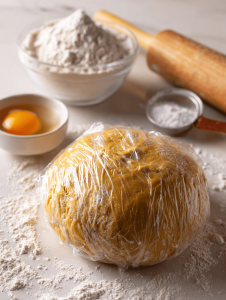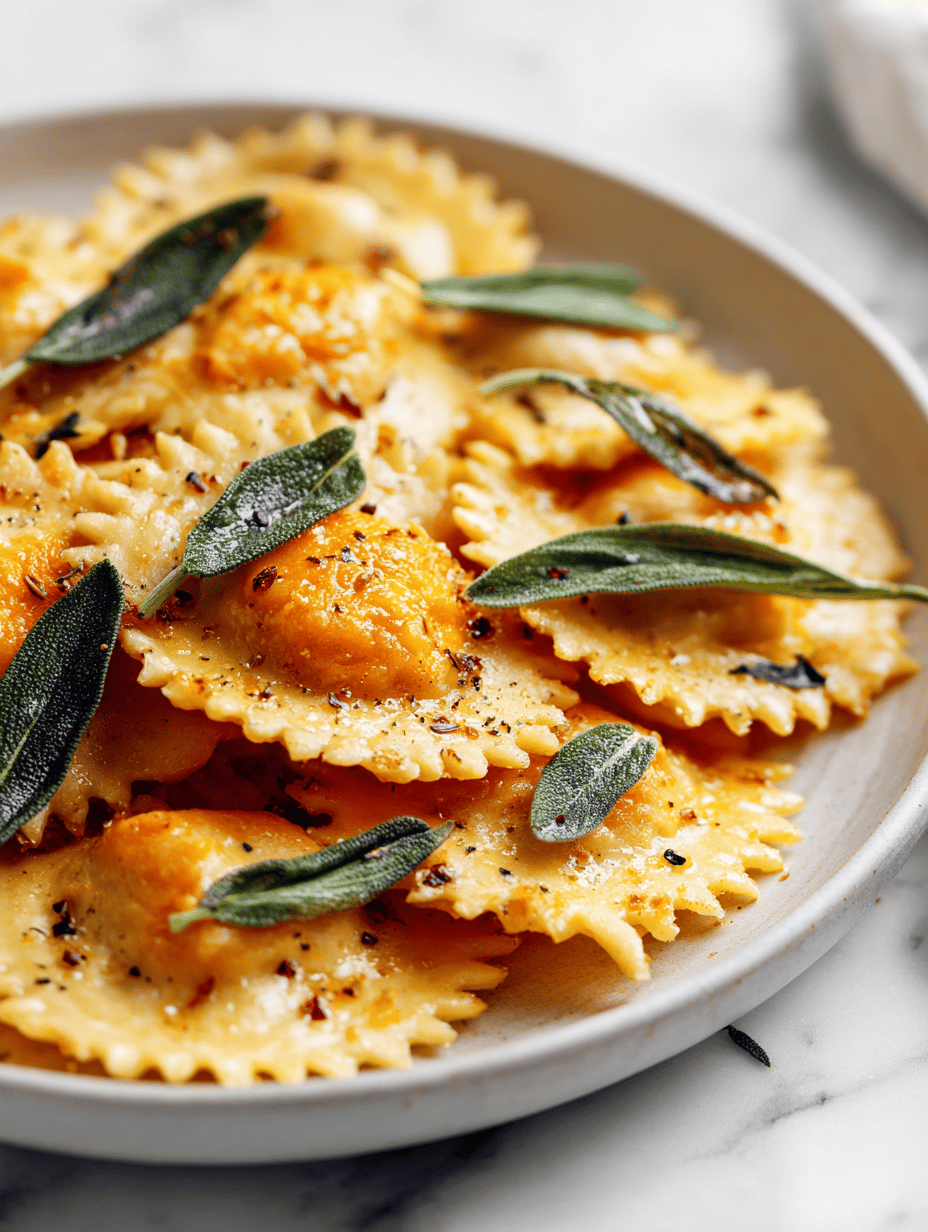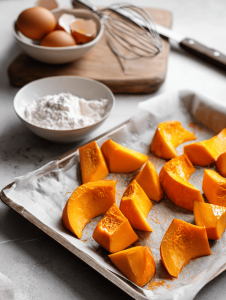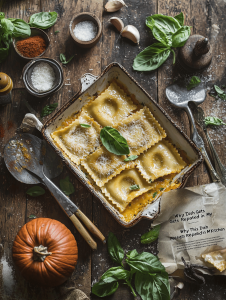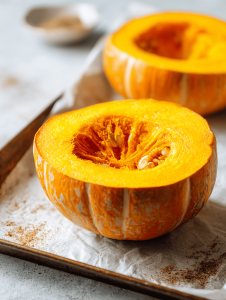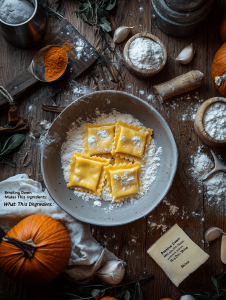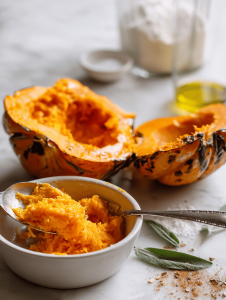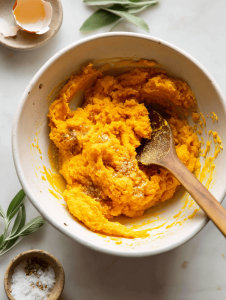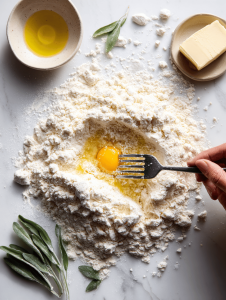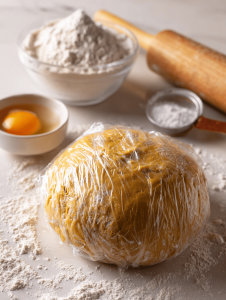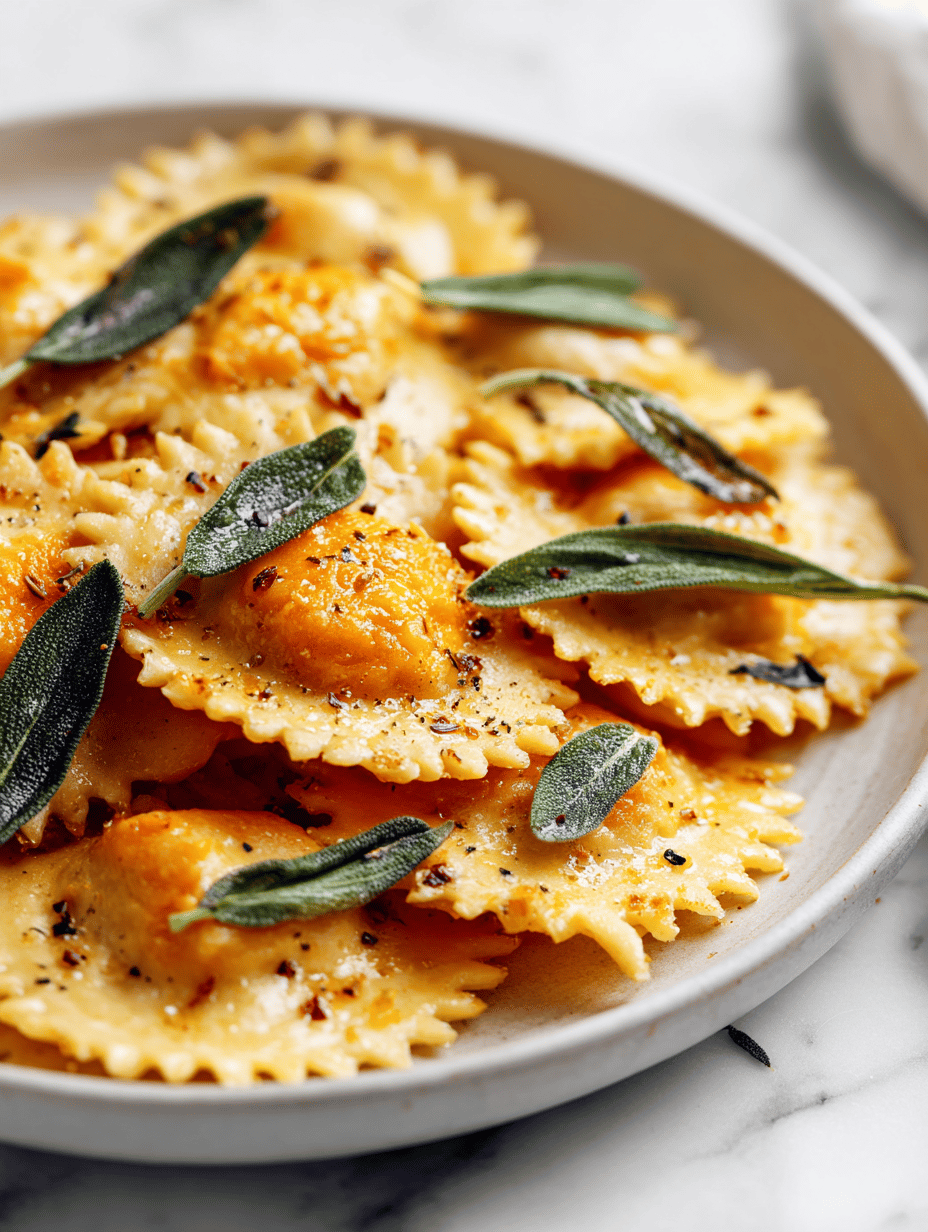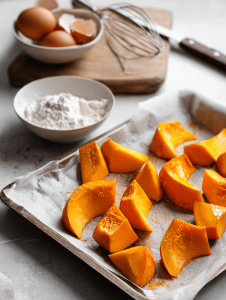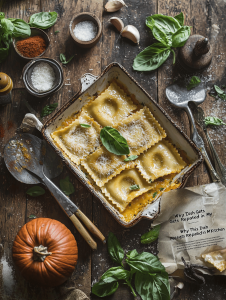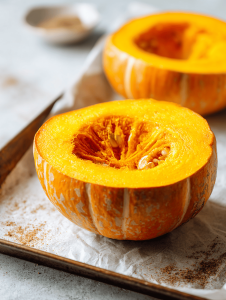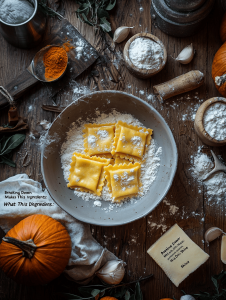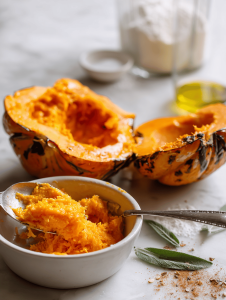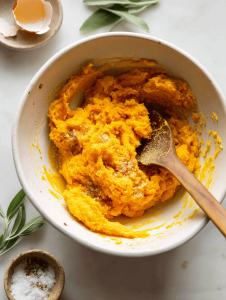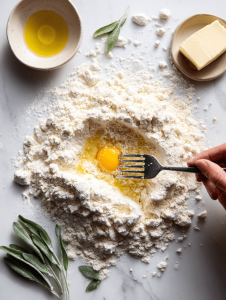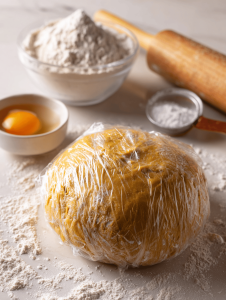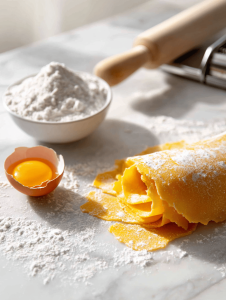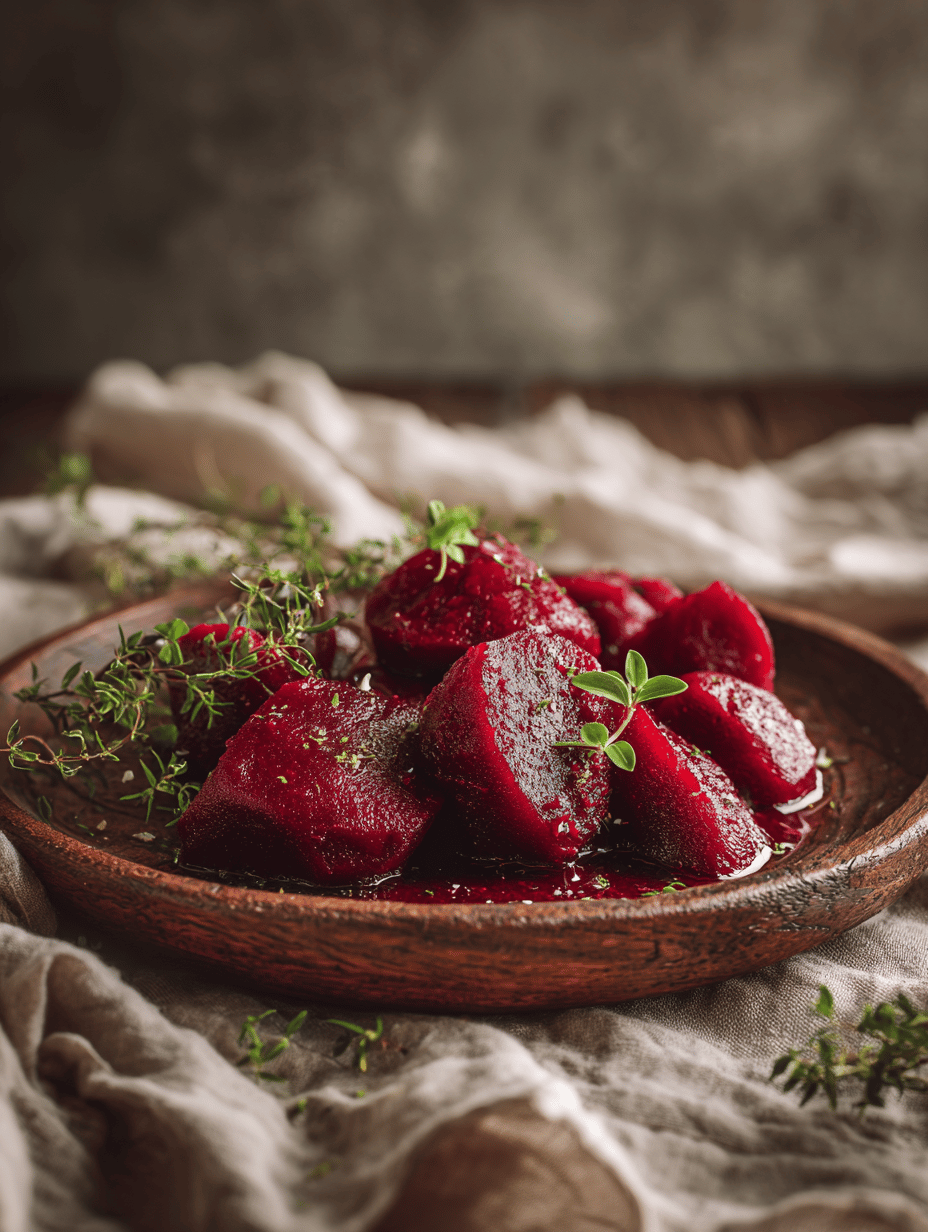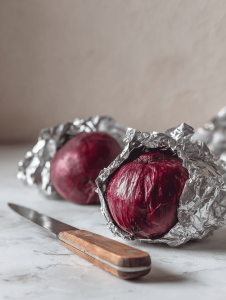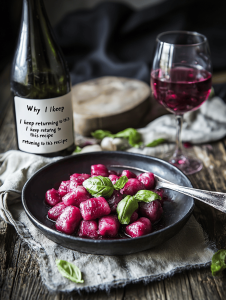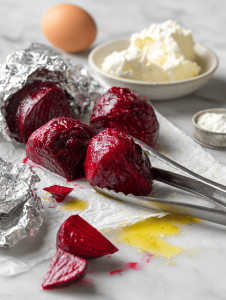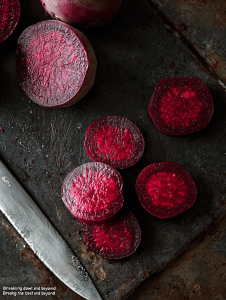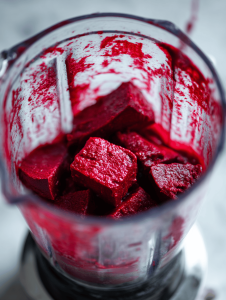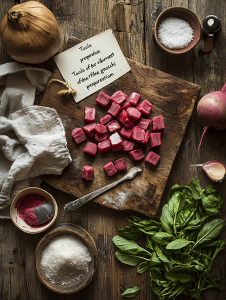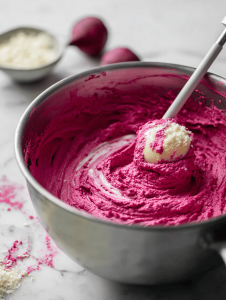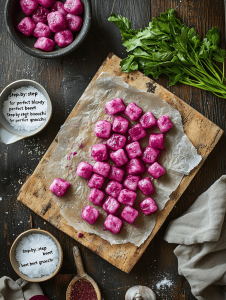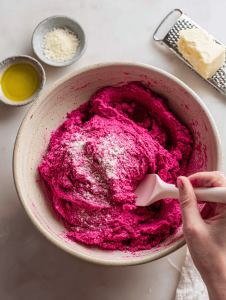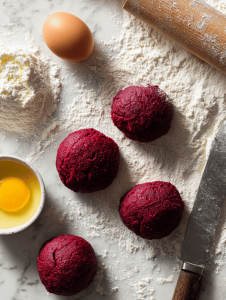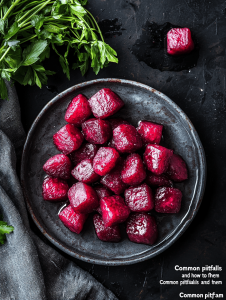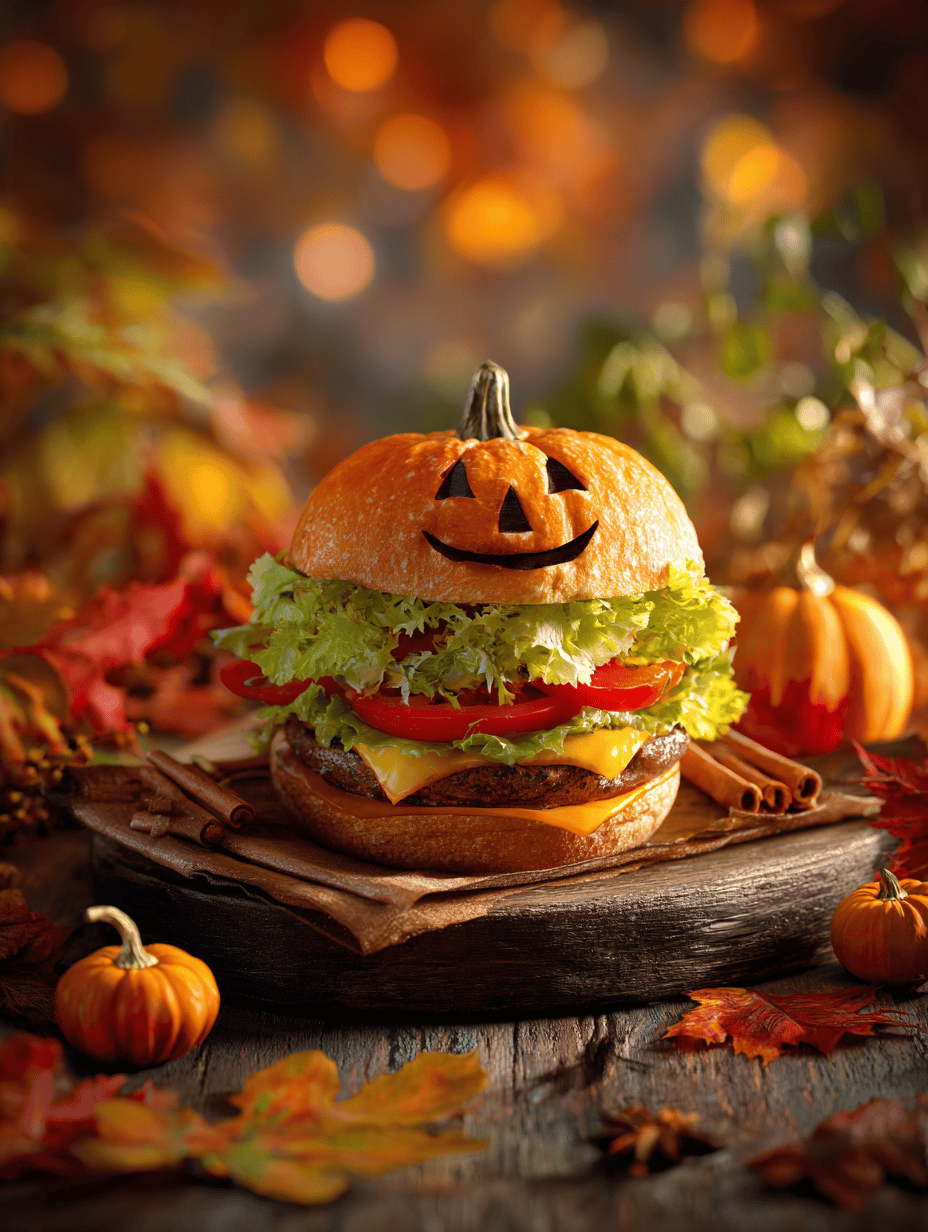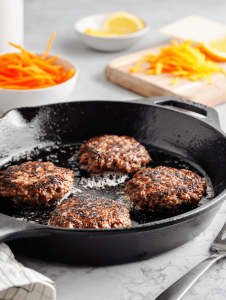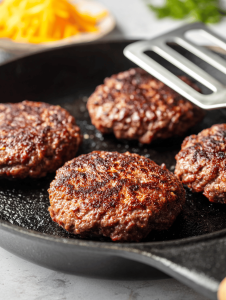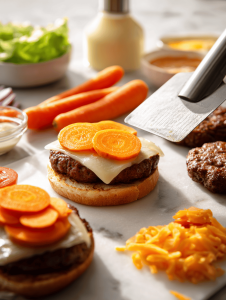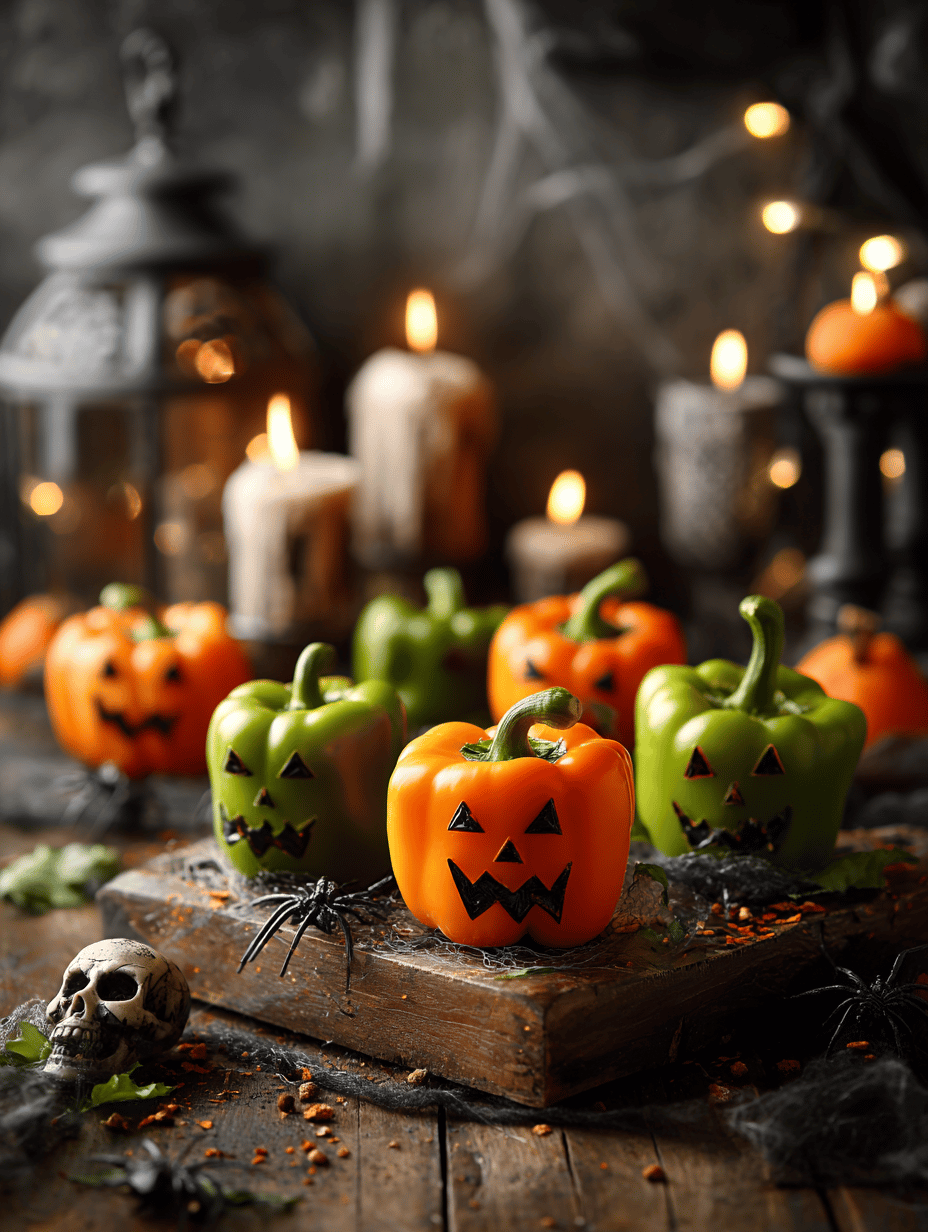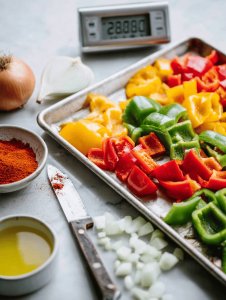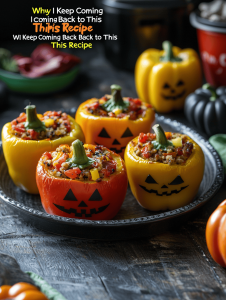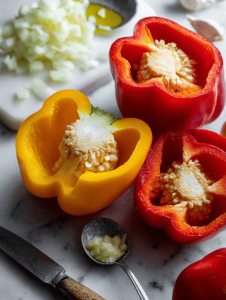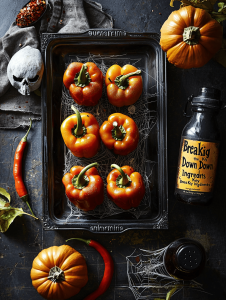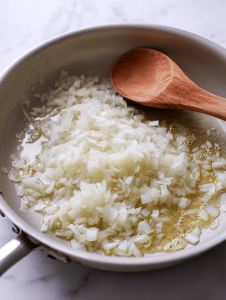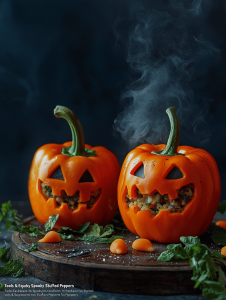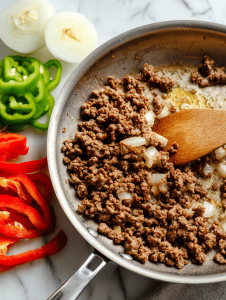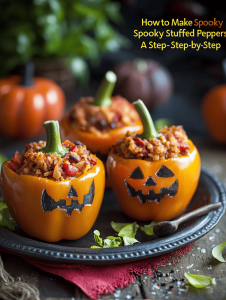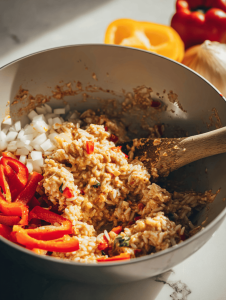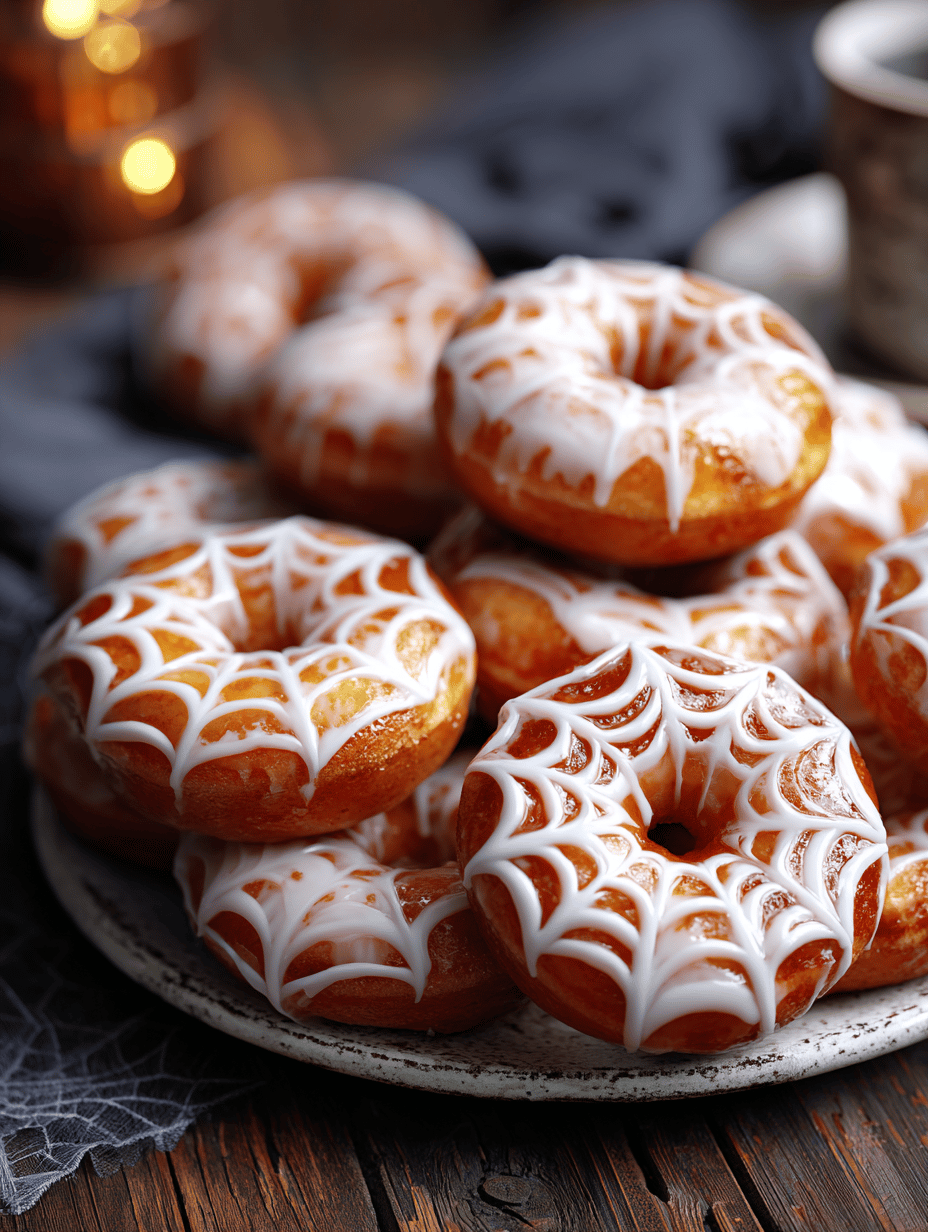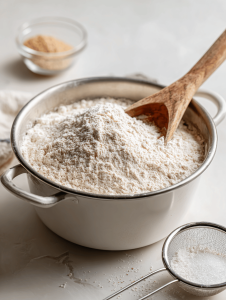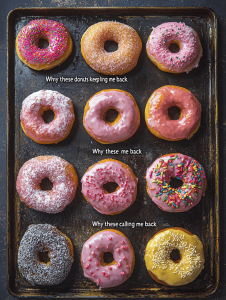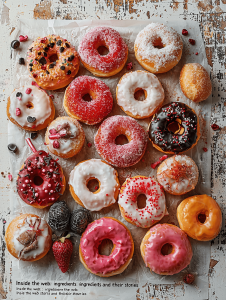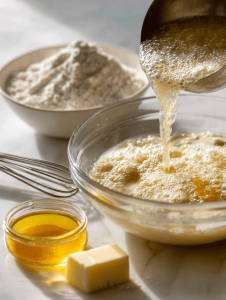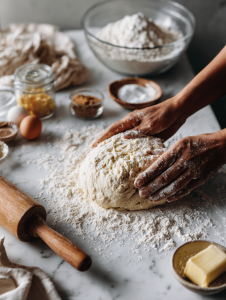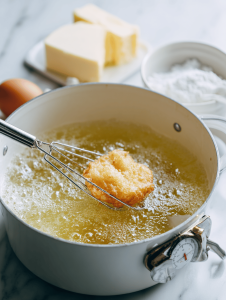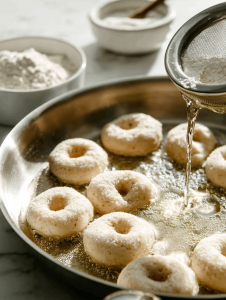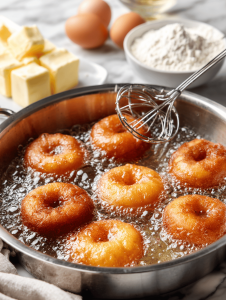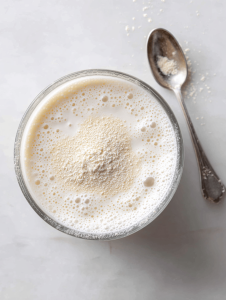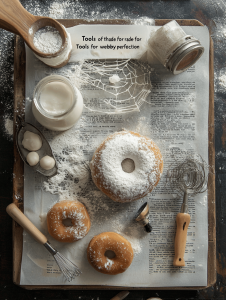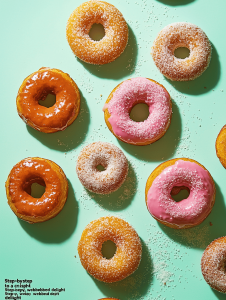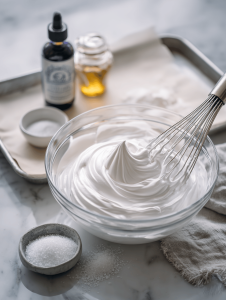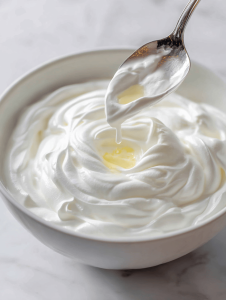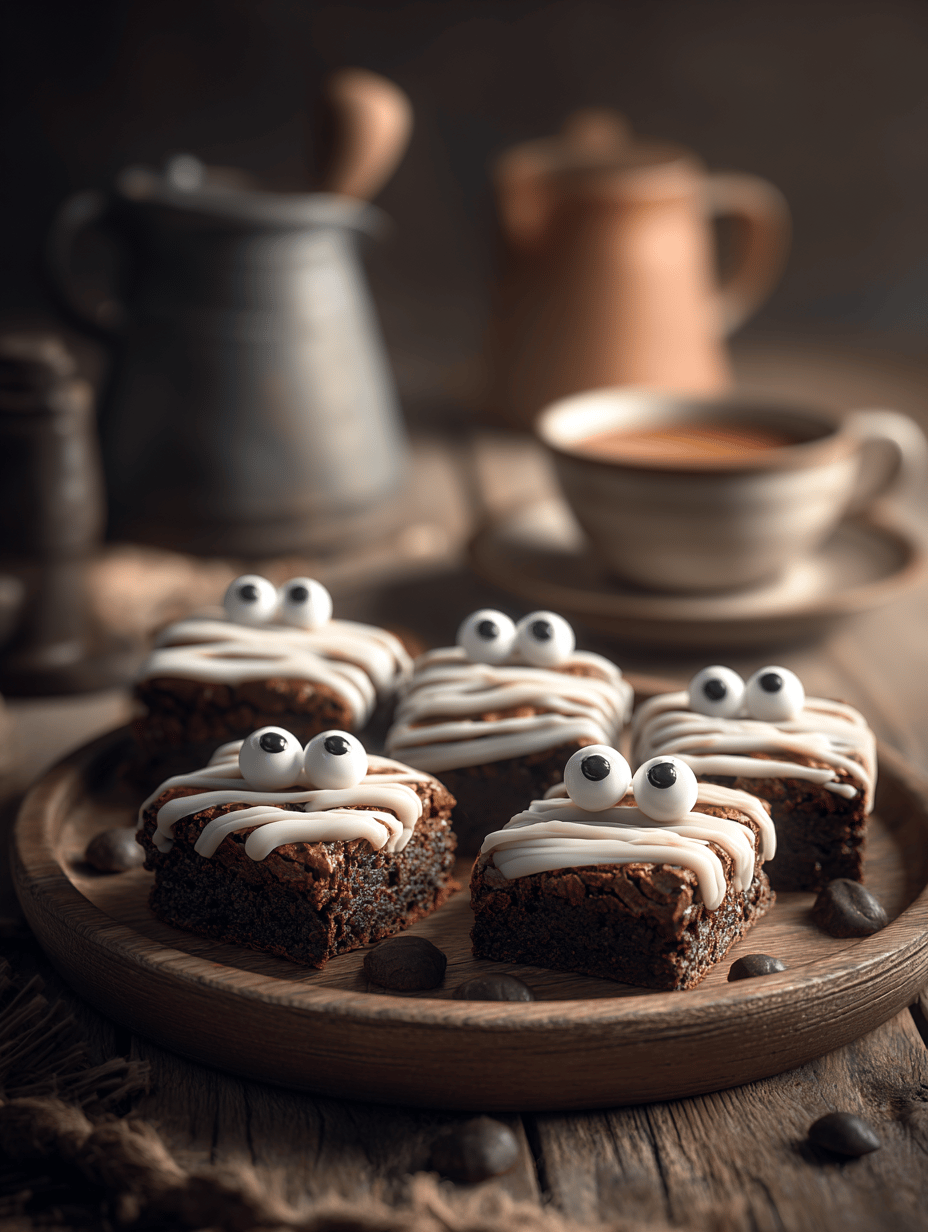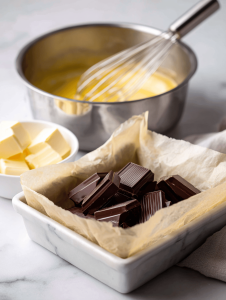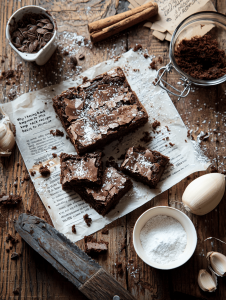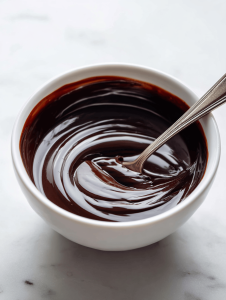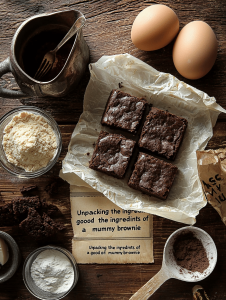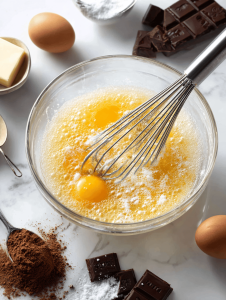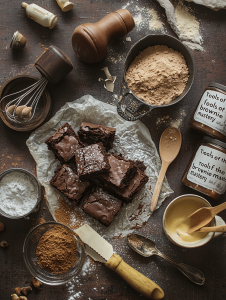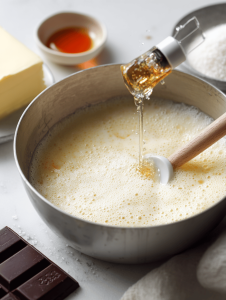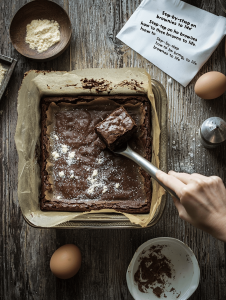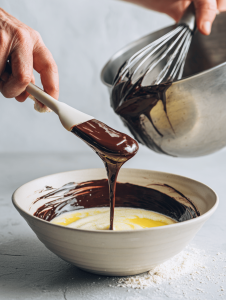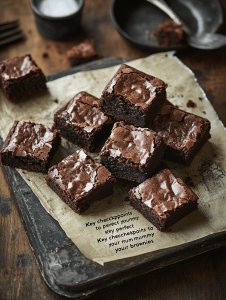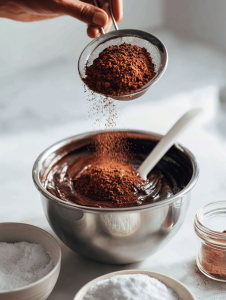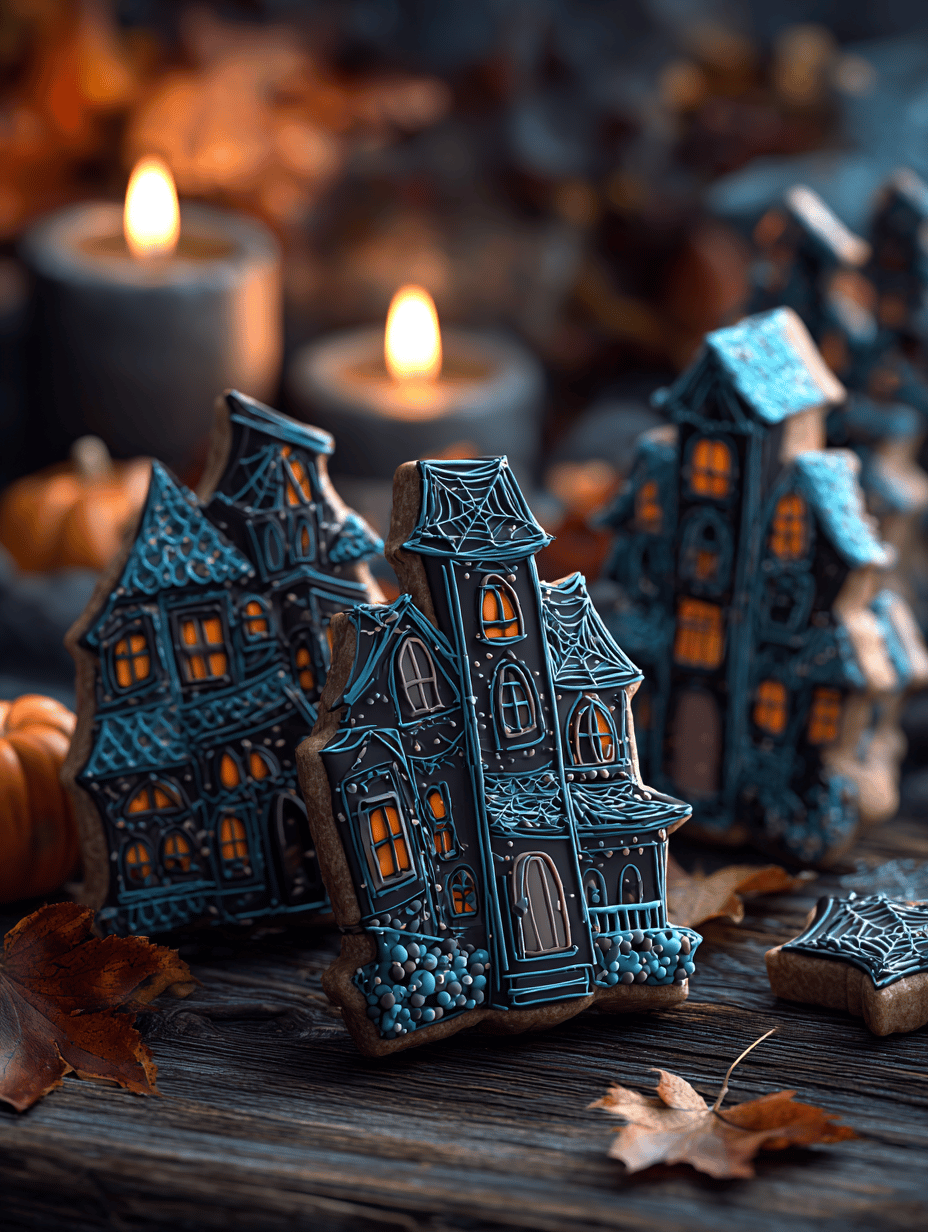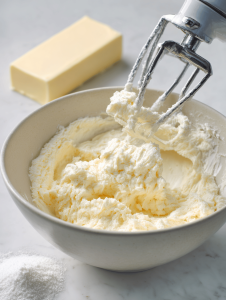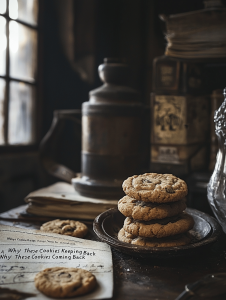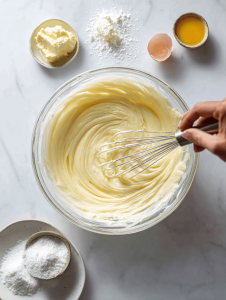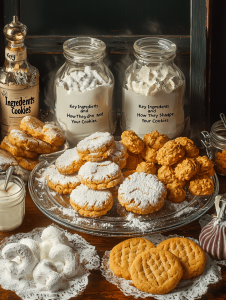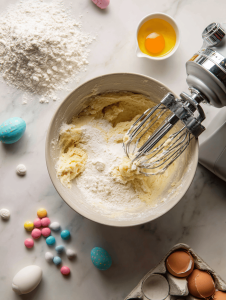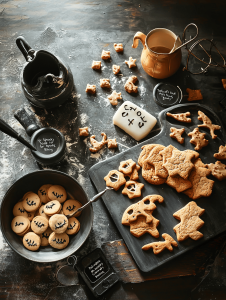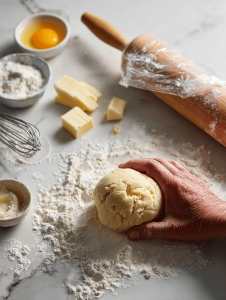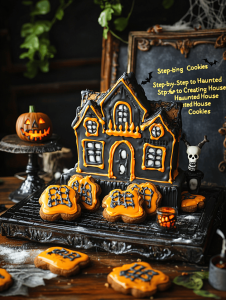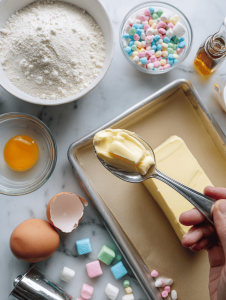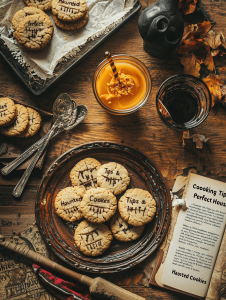I’ve always loved the idea of turning seasonal ingredients into handheld comfort. This roasted pumpkin ravioli feels like a warm hug from the kitchen, especially when the air turns crisp outside. It’s a dish that makes you slow down and appreciate the simple joys of good ingredients. Plus, roasting the pumpkin adds a smoky sweetness that’s hard to beat.
Why This Dish Gets Repeated in My Kitchen
The balance of smoky roasted pumpkin and tender pasta is addictive. It’s forgiving to tweak—more spices, different herbs, or even a splash of cream. Plus, the process of roasting and shaping feels honest and grounding, making every bite worth the effort. It’s my go-to for chilly nights or when I need a little culinary comfort.
Breaking Down the Ingredients: What Makes This Dish Shine
- Pumpkin: Sweet, earthy, and oozy when roasted, it’s the soul of these ravioli. Swap with butternut squash if you prefer a milder flavor.
- Pasta dough: Simple flour, eggs, and a pinch of salt—easy but needs patience. Use semolina for a firmer bite or gluten-free blend if needed.
- Nutmeg: A whisper of warm spice that enhances the pumpkin’s sweetness. Skip if you’re not a fan of warm spices.
- Sage butter: Fragrant, crispy-sage topped butter adds a smoky, salty finish. Fresh sage is best, but thyme is an okay substitute.
- Olive oil: For blending into the filling and finishing touches. Use good quality for the best flavor.
- Salt and pepper: Essential, simple seasoning to balance sweetness. Adjust generously—don’t be shy.
- Lemon zest (optional): Brightens up the filling with a zingy note. Skip if you prefer a more mellow taste.
Tools of the Trade for Perfect Ravioli
- Baking sheet: For roasting the pumpkin evenly.
- Food processor or potato masher: To mash the cooked pumpkin smoothly.
- Pasta machine or rolling pin: To roll out the dough thinly.
- Pastry cutter or knife: To cut out ravioli shapes.
- Large pot: For boiling the ravioli.
Crafting the Perfect Roasted Pumpkin Ravioli: A Step-by-Step Guide
Step 1: Preheat your oven to 200°C (390°F).
Step 2: Cut the pumpkin in half, scoop out seeds, and roast cut-side down on a baking sheet lined with parchment for about 40 minutes.
Step 3: Once tender and caramelized, scoop out the flesh and mash it smoothly.
Step 4: Mix the mashed pumpkin with a pinch of nutmeg, salt, and a splash of olive oil to enhance its natural sweetness.
Cooking Checkpoints and Tips for Best Results
- The pumpkin flesh should be deeply caramelized and easily mashable.
- Pasta dough should be smooth and elastic—if it’s sticky, dust with a little more flour.
- Seal the ravioli edges well; no gaps or leaks, or filling will escape during boiling.
Common Mistakes and How to Fix Them
- Filling leaks out during boiling.? If ravioli edges split, press edges together firmly and pinch to seal.
- Dough feels sticky or tears easily.? Dough too sticky? Knead in a little more flour until workable.
- Pumpkin becomes mushy or burnt.? Overcooked pumpkin? Reduce roasting time next batch.
- Filling lacks depth.? Too bland filling? Add a pinch more salt or a dash of lemon zest.
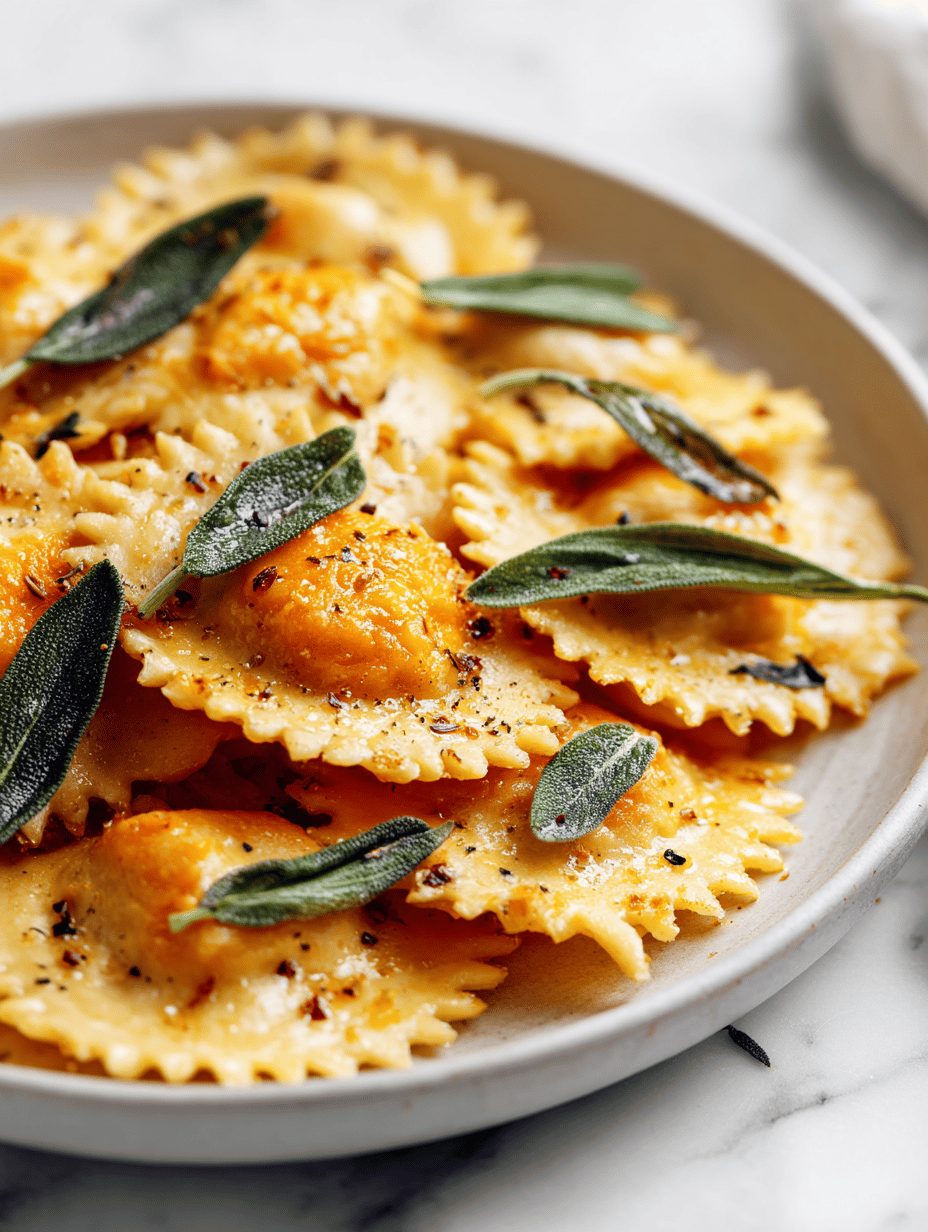
Roasted Pumpkin Ravioli with Sage Butter
Ingredients
Equipment
Method
- Preheat your oven to 200°C (390°F). Place the pumpkin cut-side down on a parchment-lined baking sheet and roast for about 40 minutes, until deeply caramelized and soft.
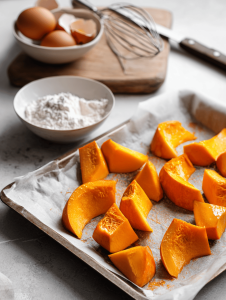
- Once roasted and cool enough to handle, scoop out the tender flesh and mash it until smooth using a food processor or potato masher.
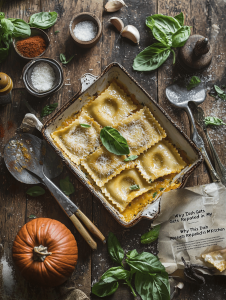
- In a small bowl, mix the mashed pumpkin with a pinch of nutmeg, a splash of olive oil, and season with salt and pepper to taste. Add lemon zest if using, for a bright contrast.
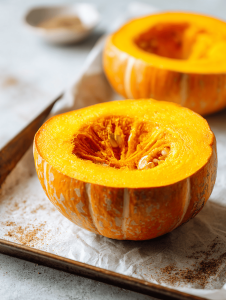
- On a floured surface, combine the flour, eggs, and salt to form a smooth, elastic pasta dough. Knead for about 8 minutes, then cover and let rest for 20 minutes.
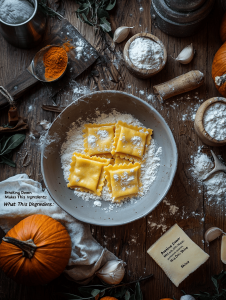
- Divide the rested dough into smaller portions and roll each out thinly using a pasta machine or rolling pin, aiming for an even sheet about 1/16 inch thick.
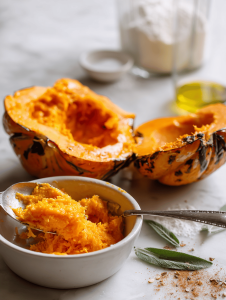
- Cut the pasta sheets into rectangles approximately 3×3 inches. Place teaspoon-sized dollops of pumpkin filling along one edge of each rectangle, leaving space around the filling.
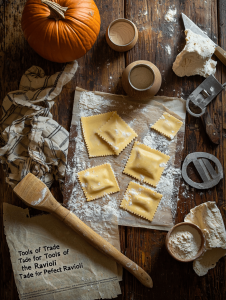
- Fold the pasta over the filling, pressing out air and sealing the edges tightly to prevent leaks. Use a fork or your fingers to pinch the edges for a secure seal.
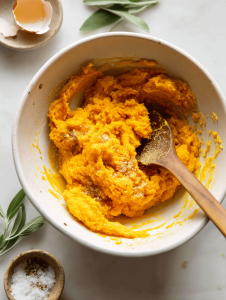
- Bring a large pot of salted water to a gentle boil. Carefully drop the ravioli in, cooking for about 3-4 minutes until they float to the surface and are tender.
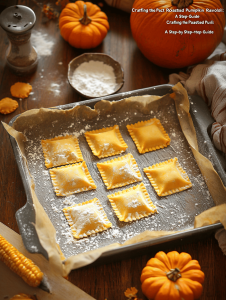
- While the ravioli cook, melt the butter in a skillet over medium heat and add the sage leaves. Sauté until crispy and fragrant, about 2 minutes.
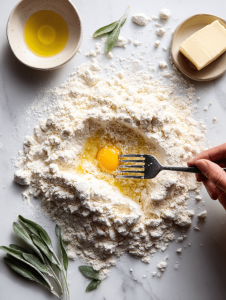
- Drain the cooked ravioli carefully and add them to the sage butter, tossing gently to coat thoroughly.
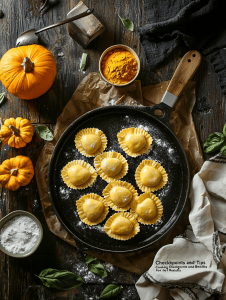
- Serve the ravioli hot, drizzled with the fragrant sage butter and garnished with additional sage leaves if desired. Enjoy each tender, smoky bite!
